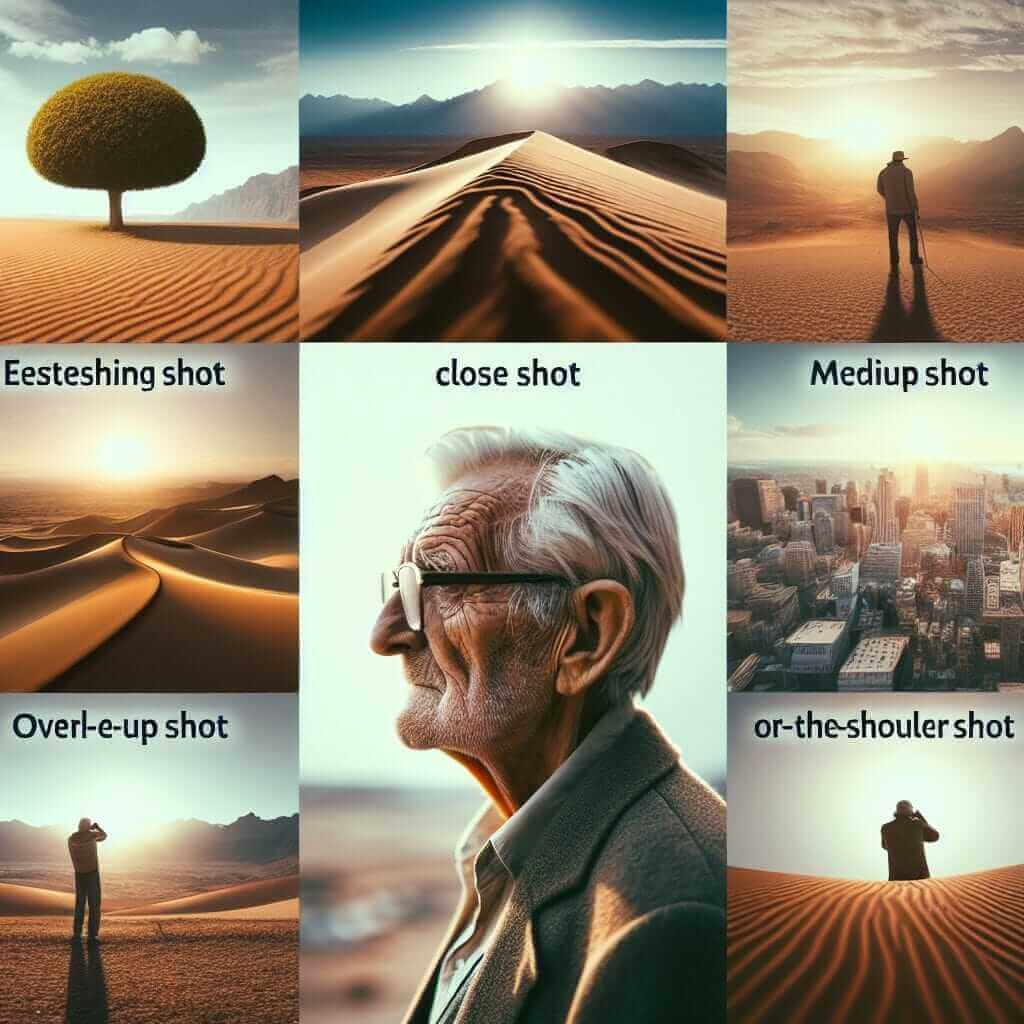As an IELTS teacher with over 20 years of experience, I often see students struggle to express themselves precisely when describing different “shots,” especially in the context of photography, film, or even sports. This lack of vocabulary can hinder their ability to achieve a higher band score in the IELTS speaking and writing sections.
This article aims to equip you with a diverse vocabulary for “shots,” empowering you to articulate your ideas with clarity and confidence. We’ll delve into various scenarios where different types of “shots” are used, complete with illustrative examples and practical tips to help you ace your IELTS exam.
Understanding “Shots” in Different Contexts
The word “shot” is incredibly versatile, taking on different meanings depending on the context. Let’s examine how it’s used across various fields:
1. Photography
In photography, a “shot” refers to a single photograph taken by a camera. However, numerous terms describe specific types of shots, each conveying a different perspective or composition:
- Establishing Shot: A wide shot used at the beginning of a scene to establish the setting or location.
Example: “The film opens with an establishing shot of the bustling cityscape, setting the scene for the protagonist’s hectic life.” - Close-Up Shot: A shot taken from a short distance, focusing on a specific detail or subject’s face.
Example: “The director uses a close-up shot of the actor’s eyes to convey a range of emotions, from fear to determination.” - Long Shot: A shot taken from a distance, often showing the entire subject and its surroundings.
Example: “The long shot of the couple walking hand-in-hand along the beach created a sense of tranquility and vastness.” - Medium Shot: A shot framing the subject from the waist up, commonly used for dialogues and interactions.
Example: “The interview utilized a medium shot, allowing viewers to focus on the interviewee’s body language and expressions.” - Over-the-Shoulder Shot: A shot taken from behind one subject, focusing on another subject in front.
Example: “The over-the-shoulder shot during the conversation emphasized the connection and tension between the two characters.”

2. Film
In film, “shot” can refer to a single, continuous recording made by a camera before it is stopped, or to a specific type of scene or sequence:
- Tracking Shot: A shot where the camera moves smoothly alongside the subject, creating a dynamic effect.
Example: “The exhilarating car chase scene featured a long tracking shot, immersing the audience in the action.” - Point-of-View Shot (POV): A shot simulating the perspective of a character, allowing viewers to see through their eyes.
Example: “The director used a POV shot to place the viewer directly in the protagonist’s shoes, experiencing their fear and confusion firsthand.” - Montage: A sequence of short shots edited together to condense time, convey a particular mood, or summarize events.
Example: “A montage of training sequences effectively illustrated the athlete’s dedication and transformation over time.”
3. Sports
In sports, “shot” commonly refers to an attempt to score points:
- Jump shot (basketball): A shot taken while jumping through the air.
Example: “His jump shot was flawless, sailing through the air and hitting nothing but net.” - Wrist shot (hockey): A shot taken with a flick of the wrist, known for its speed and accuracy.
Example: “The player surprised the goalie with a lightning-fast wrist shot, securing the winning goal.” - Penalty shot (various sports): A free shot awarded to a player after a foul by the opposing team.
Example: “The tension was palpable as the striker stepped up to take the penalty shot, with the score tied in the final minutes of the game.”
Utilizing “Shot” Vocabulary in Your IELTS Exam
Knowing these diverse terms for “shots” can significantly enhance your IELTS performance:
- Speaking: When describing photographs or scenes in the speaking test, utilize specific vocabulary to demonstrate your range and fluency. Instead of simply saying “a photo of a building,” say “an imposing long shot of a skyscraper, emphasizing its dominance in the urban landscape.”
- Writing: In the writing test, especially in tasks requiring you to describe a process or event, use precise language to create vivid imagery for the reader. Instead of “he took a picture of the sunset,” write “he captured a breathtaking sunset shot, highlighting the fiery hues painting the sky.”
Tips for Success
- Context is Key: Remember to use the appropriate terminology for each situation.
- Don’t Overdo It: While it’s important to showcase your vocabulary, avoid using technical terms unnecessarily.
- Practice Makes Perfect: Familiarize yourself with these terms and practice using them in your speaking and writing.
By mastering this specialized vocabulary, you’ll be well-equipped to express yourself with precision and finesse, boosting your confidence and ultimately your IELTS score. Good luck!